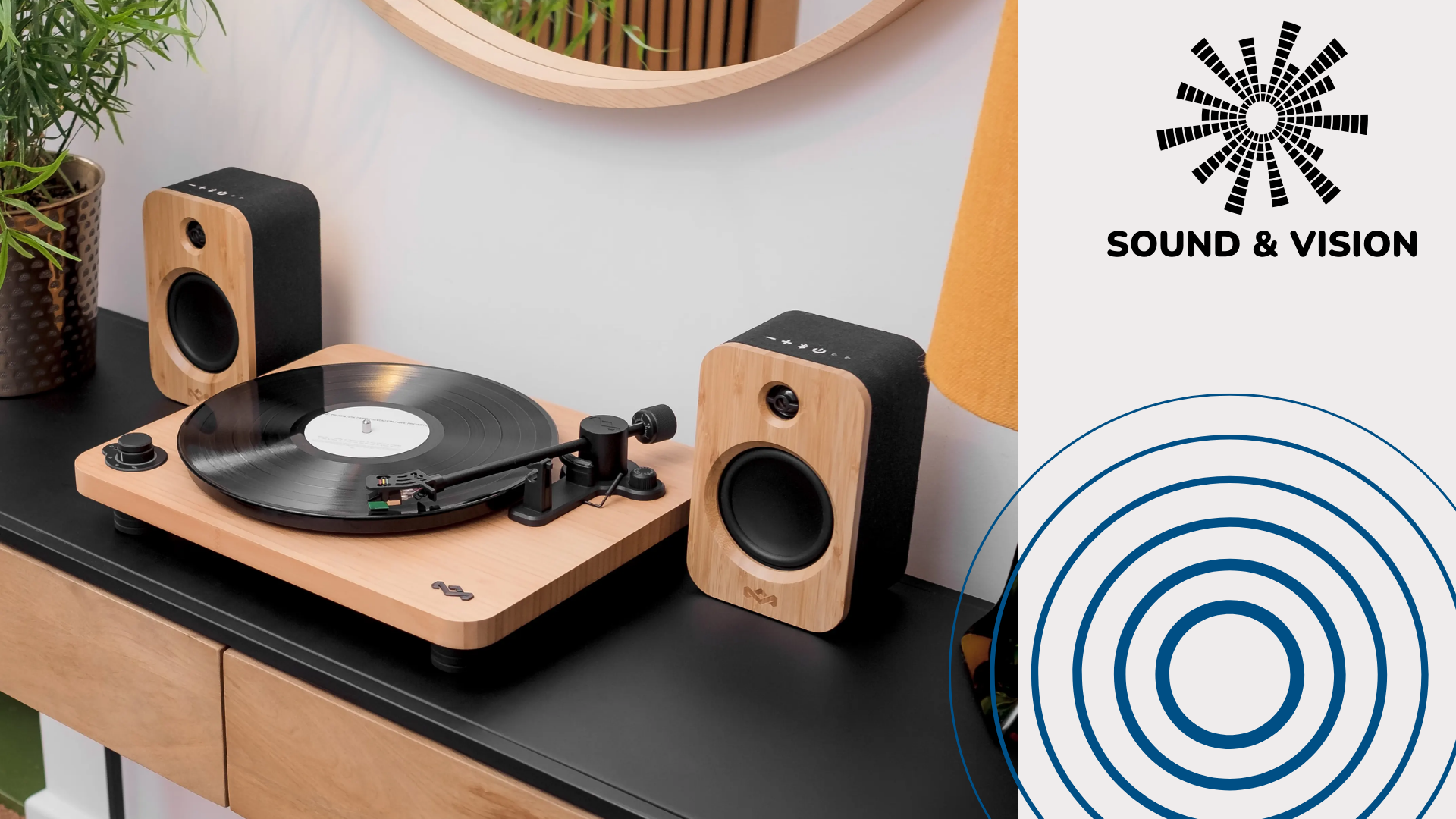Sound and Vision: Dolby Atmos is great, but are we getting the best from it?

I’ve been to two album listening events in the last month, one at Dolby HQ in Soho to listen to the newest Tears for Fears album in Dolby Atmos; the second at high-end speaker brand L-Acoustics to listen to Max Cooper’s Unspoken Words album, also in Dolby Atmos. Suffice to say, both experiences were great but I’ve got a few things to say about the tech.
The best thing about Dolby Atmos is that when it works, it uncouples a sound from its stereo trappings – it’s no longer left and right and panning across the soundstage but flying across all axes available.
Music can come from above, behind you, from your left or from that upper right corner, panned across a 360-degree soundstage. Dolby Atmos Music is all about immersion and in the right environment, it provides exactly that.
But after listening to a few albums, the environment has to be right, otherwise you can miss out on the fidelity 3D sound can offer.
For instance, listening to Tears for Fears’ The Tipping Point on Tidal, in Atmos, and with a pair of Sony WH-1000XM4 headphones, the experience wasn’t the same. Being in a room with full-range speakers dotted around and you can ‘feel’ the music.

Close your eyes (and hopefully not fall asleep as I almost did) and you could make out where instruments and voices were within the room. The bass can be so powerful you can feel it in your chest. It is like a live concert, except there’s no-one with Wellington boots drinking cider sitting next to you.
And you don’t get that immersion from a pair of headphones or a single-box soundbar. What you get, is fair approximation of it, but it can’t live up to the energy and scale of what I heard in the Dolby screening room. Atmos outside of this environment takes on a different feel, still good, but not a full-body experience.
Like the Dolby screening room, L-Acoustics’ mighty speaker set-up delivered a full-on performance with Max Cooper’s Unspoken Words album, with bass panning across the soundstage, thundering across the room. There’s not a lot I remember from the album itself – it’s a very ambient affair made to complement a series of short films – but I can remember that physicality of it.

Which leads me to my second point. The Unspoken Words album isn’t available on Tidal in Dolby Atmos, although it is available on Apple Music in Atmos, which likely points to some distribution differences between the services. It emerged in a Q+A session that a distributor for the album (a global one, apparently) could only service two spatial albums a month, a limitation that nerfs the reach an Atmos music album can have in its first few weeks.
And so are we getting the best from Dolby Atmos in the present moment? It’s a fantastic tool but it doesn’t feel like we are just yet. And while 3D audio isn’t fading away like 3D TVs ultimately did, it’s not quite having the breakthrough and discovery by the average person either. Unless there’s a concerted push by everyone to make this way of listening the way to hear your favourite artists, then Atmos will remain on the periphery rather than the centre of anyone’s music world.








